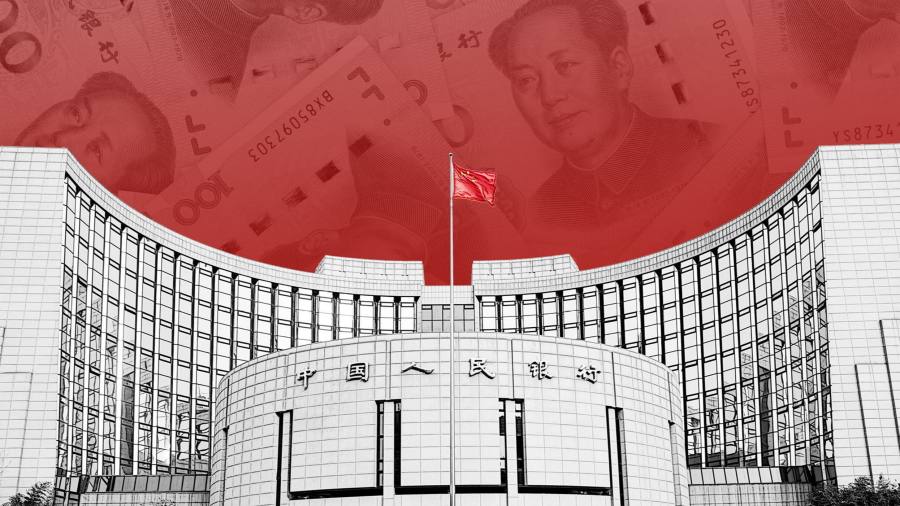Wall Street stocks traded positively on Thursday after the Federal Reserve signalled the possibility of further policy tightening, having kept interest rates steady at its meeting a day earlier.
Wall Street’s benchmark S&P 500 gained 0.3 per cent at the New York open, while the tech-heavy Nasdaq Composite was up 0.1 per cent, continuing its upward momentum after five successive days of gains.
The moves come a day after the US central bank announced a widely anticipated decision to keep the federal funds rate steady, maintaining its target range of between 5 per cent to 5.25 per cent.
The meeting marked the first pause in more than 14 months of the Fed’s aggressive tightening campaign aimed at bringing down persistently high inflation.
“Even if rates are raised at subsequent meetings, such moves would be unlikely to change the overall picture, that the majority of monetary tightening has already been delivered”, said Bill Papadakis, senior macro strategist at Banque Lombard Odier & Cie SA.
The yield on the US Treasury two-year note slipped 0.05 percentage points to 4.67 per cent. The yield on the benchmark 10-year note lost 0.05 percentage points to 3.74 per cent. Bond yields fall as prices rise.
Meanwhile, the benchmark Stoxx Europe 600 was down 0.4 per cent after the European Central Bank lifted its deposit rate on Thursday by 0.25 percentage points to 3.5 per cent, its highest level since July 2001.
Germany’s Dax fell 0.4 per cent, France’s Cac 40 dropped 0.7 per cent and London’s FTSE 100 was flat.
The bank repeated that it expected inflation “to be too high for too long” and that it would not return to its 2 per cent target for another two years.
The policy-sensitive two-year German Bund was up 0.075 percentage point at 3.118 per cent, while the 10-year debt was flat at 2.45 per cent.
The majority of investors now expect that the eurozone’s policymakers will go ahead with another quarter-point rate increase when they next meet on July 27.
Meanwhile, stocks rallied in Asia after the People’s Bank of China cut its medium-term policy rate in the face of slowing economic growth.
The Hang Seng China Enterprises index, which tracks mainland Chinese companies listed in Hong Kong, rose 2.2 per cent and the CSI 300 of Shanghai- and Shenzhen-listed stocks gained 1.6 per cent.
The gains came after the PBoC lowered its medium-term lending facility rate by 0.1 percentage point to 2.65 per cent, having cut its seven-day lending rate earlier in the week by the same amount, which was its first move to boost short-term liquidity in the country’s interbank market in nine months.
Data released alongside the announcement underscored the slowing pace of China’s economic recovery. Growth in industrial output and retail sales fell short of economists’ expectations, while the pace of contraction in property investment and sales also worsened in May.
Analysts were sceptical that the cut to the medium-term rate, which serves as the floor for China’s benchmark prime loan rate, would be enough to get growth back on track.
“The underlying story on the economy is extremely disappointing right now,” said Robert Carnell, head of Asia-Pacific research at ING. He said the renminbi could weaken to Rmb7.2 against the dollar “in days” and that policymakers would regard a weaker currency “as one of the policy tools they will need to lean on to help the economy”.


























































![Mason Ramsey – Twang [Official Music Video] Mason Ramsey – Twang [Official Music Video]](https://i.ytimg.com/vi/xwe8F_AhLY0/maxresdefault.jpg)




















